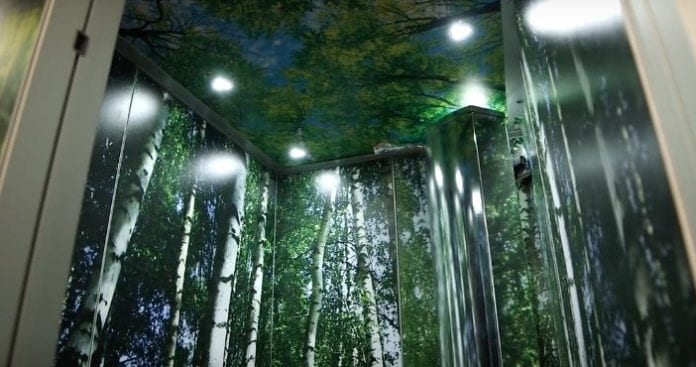Learn how 3M helps carriers speed deployment by reducing visual impact
Consumer demand for mobile data is growing at an explosive rate. For carriers, this means more and more wireless infrastructure has to be deployed to keep up with the demand. But, deployment is the last step in a potentially long, expensive site acquisition process that has to be adapted to deal with variations in zoning and land use laws for every city in the country.
As carriers grapple with this challenge—which is only set to become more acute as the infrastructure needs of 5G become clear—a persistent issue is addressing not-in-my-backyard (NIMBY) pushback from residents concerned about how the visual impact of cell towers and other antenna equipment will impact their quality of life at home.
Omar Flores, global business and marketing manager for 3M, framed the issue in an interview with RCR Wireless News.
“Over the past few years,” he said, “we have been making research about trends in the wireless industry. We found out one of the major roadblocks for the industry to deploy is site acquisition. We learned that the main reason for this challenge is related to NIMBY. This is an interesting phenomenon where we all as users would like to have service on our cell phones. Unfortunately, no one wants to have all the infrastructure related to providing that service.”
Recognizing the primary problem as the visual impact of wireless infrastructure, 3M set to work looking at its core competencies to make the issue disappear—literally.
3M Conceal Film does exactly what the name suggests. It’s a reflective adhesive that, when applied to an object, reflects the surroundings to the point that the object essentially blends in to its environment.
Paul LeBlanc, a technical manager for 3M, explained that the industrial firm used a combination of six different technologies including advancements in adhesives, films and light management, to bring Conceal Film to market.
The film, he explained, comprises a reflective, mirrored surface covered by an outer layer that protects the film during installation. The bottom layer is an adhesive that supports easy application to an antenna or other object.
3M Conceal Film is reflective across the full visible spectrum and RF spectrum into the microwave range. The product is optimized for glare reduction and designed to hold up to a wide-range of outdoor environmental conditions.
“We really hope that this technology allows the industry to deploy all the millions of base stations and all the millions of small cells required to provide coverage and capacity,” Flores said.

